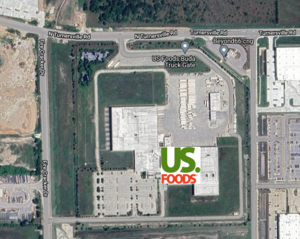By Alexis Aguirre
Turning effluent into potable drinking water via the Direct Potable Reuse (DPR) process could be a feasible option in the future for Buda.
That conclusion was drawn after a study, commissioned by the city of Buda, found the process is possible for the city.
Buda, which is currently under Stage 1 drought restrictions, is looking at options and planning for future water supply needs. One of those options is DPR, which is a form of water recycling.
Within the DPR process, wastewater is treated through an elaborate filtration system process and turned into drinkable water.
Buda retained AECOM to conduct the feasibility study in March.
The study was estimated to cost $21,865 and looked at similar DPR projects in different areas around the state.
AECOM’s study, which was completed in July, concluded that a DPR project could work in Buda.
The study’s findings show that Texas Commission on Environmental Quality (TCEQ) believes DPR could prove to be a reliable water resource in the long term.
Gaining public support and public perception of this project, however, could become the main obstacle.
“There have been other cities that have implemented successful DPR projects and we want to learn from them and start the conversation early to help educate the city of Buda on the benefits of this program and gain the public’s trust and support for this,” Buda Place 1 councilmember Angela Kennedy said.
According to Buda’s water specialist Brian Lillibridge, the next step would be to work on an effluent characterization study.
The characterization study could take up to an estimated year to complete. The study would look into sources of contamination and ways to treat the water and bring it up to the standards for TCEQ.
It would also update the current feasibility findings conducted by AECOM.
“It is feasible,” Lillibridge said. “It is a costly source of water but in times of severe drought, it can be a solid and dependable source of water.”
Since the Oct. 30 floods, the project has been pushed aside to handle other matters.
But according to Lillibridge, cost is a concern when it comes to DPR projects. The first DPR facility constructed the U.S., located in Big Springs, TX, cost roughly $14 million. The Colorado River Municipal Water District (CRMWD) maintains that facility.
“Cost is always a concern, but for now there is enough interest in this project to keep the conversation going,” Lillibridge said.
Lillibridge believes that there are many benefits to this project and if it does not pull through this time around, it maybe something to look at in the future.
“In the past we kind of have been backed into a corner looking at other entities for water,” Kennedy said. “With this project, we would be able to own our own supply.”







